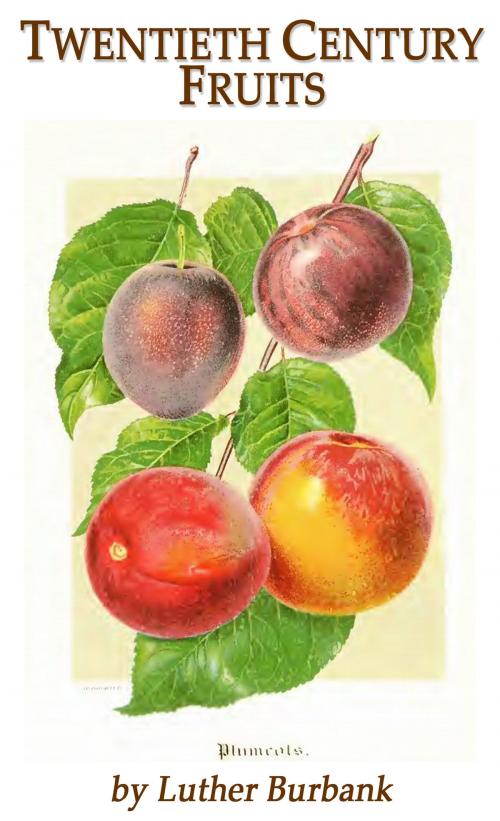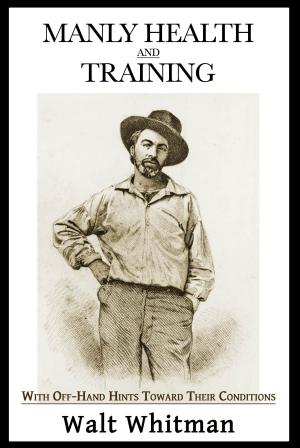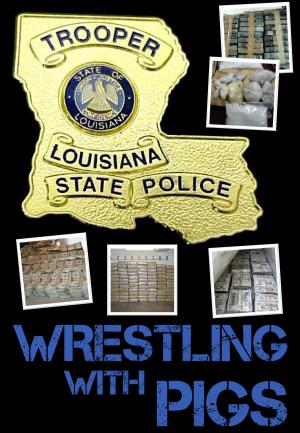Twentieth Century Fruits
Burbank's 1911 catalog
Nonfiction, Home & Garden, Gardening, Fruit, Reference| Author: | Luther Burbank | ISBN: | 1230001821567 |
| Publisher: | Loose Cannon Ent. | Publication: | August 27, 2017 |
| Imprint: | Sierra Skies | Language: | English |
| Author: | Luther Burbank |
| ISBN: | 1230001821567 |
| Publisher: | Loose Cannon Ent. |
| Publication: | August 27, 2017 |
| Imprint: | Sierra Skies |
| Language: | English |
Luther Burbank's 1911 Plant catalog
This fascinating 1911 catalog from Luther Burbank's 'Experiment Farms' shows the results of his initial successes in modifying numerous fruits and other plants. It describes in great detail some of the most famous Burbank developments in horticulture; like his Abundance cherry and several types of Plumcots. It also list numerous decorative plants he either developed or popularized. If you are interested in Burbank's work this early plant catalog is a must-read!
Luther Burbank was probably America's most famous botanist, horticulturist and pioneer in agricultural science. He developed more than 800 strains and varieties of plants over his lifetime. Burbank's varied creations included fruits, flowers, grains, grasses, and vegetables. He even developed a spineless cactus (useful for cattle-feed) and the plumcot.
Student's of Burbank would be wise to also examine the other books he wrote and co-wrote, on his methods and results, including his eight-volume How Plants Are Trained to Work for Man (1921), Harvest of the Years (with Wilbur Hall, 1927), Partner of Nature (1939), and Half-Hour Experiments with Plants.
Luther Burbank's 1911 Plant catalog
This fascinating 1911 catalog from Luther Burbank's 'Experiment Farms' shows the results of his initial successes in modifying numerous fruits and other plants. It describes in great detail some of the most famous Burbank developments in horticulture; like his Abundance cherry and several types of Plumcots. It also list numerous decorative plants he either developed or popularized. If you are interested in Burbank's work this early plant catalog is a must-read!
Luther Burbank was probably America's most famous botanist, horticulturist and pioneer in agricultural science. He developed more than 800 strains and varieties of plants over his lifetime. Burbank's varied creations included fruits, flowers, grains, grasses, and vegetables. He even developed a spineless cactus (useful for cattle-feed) and the plumcot.
Student's of Burbank would be wise to also examine the other books he wrote and co-wrote, on his methods and results, including his eight-volume How Plants Are Trained to Work for Man (1921), Harvest of the Years (with Wilbur Hall, 1927), Partner of Nature (1939), and Half-Hour Experiments with Plants.















